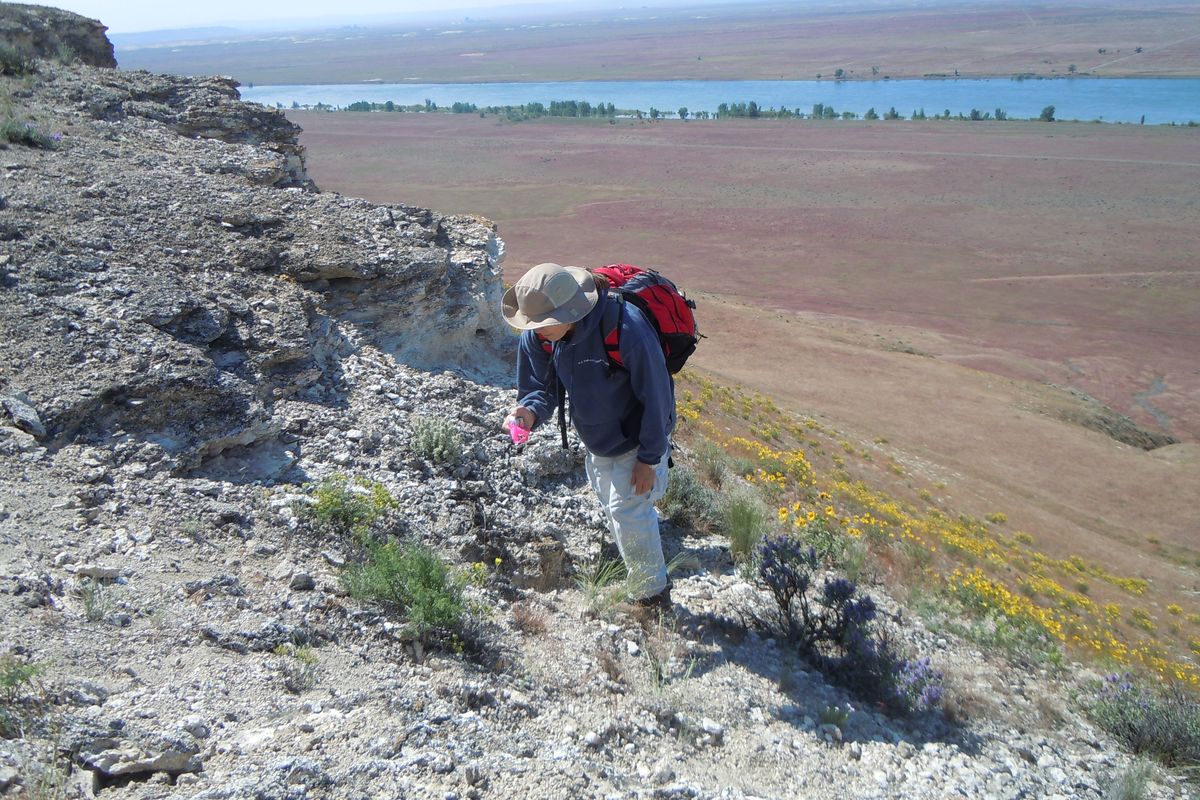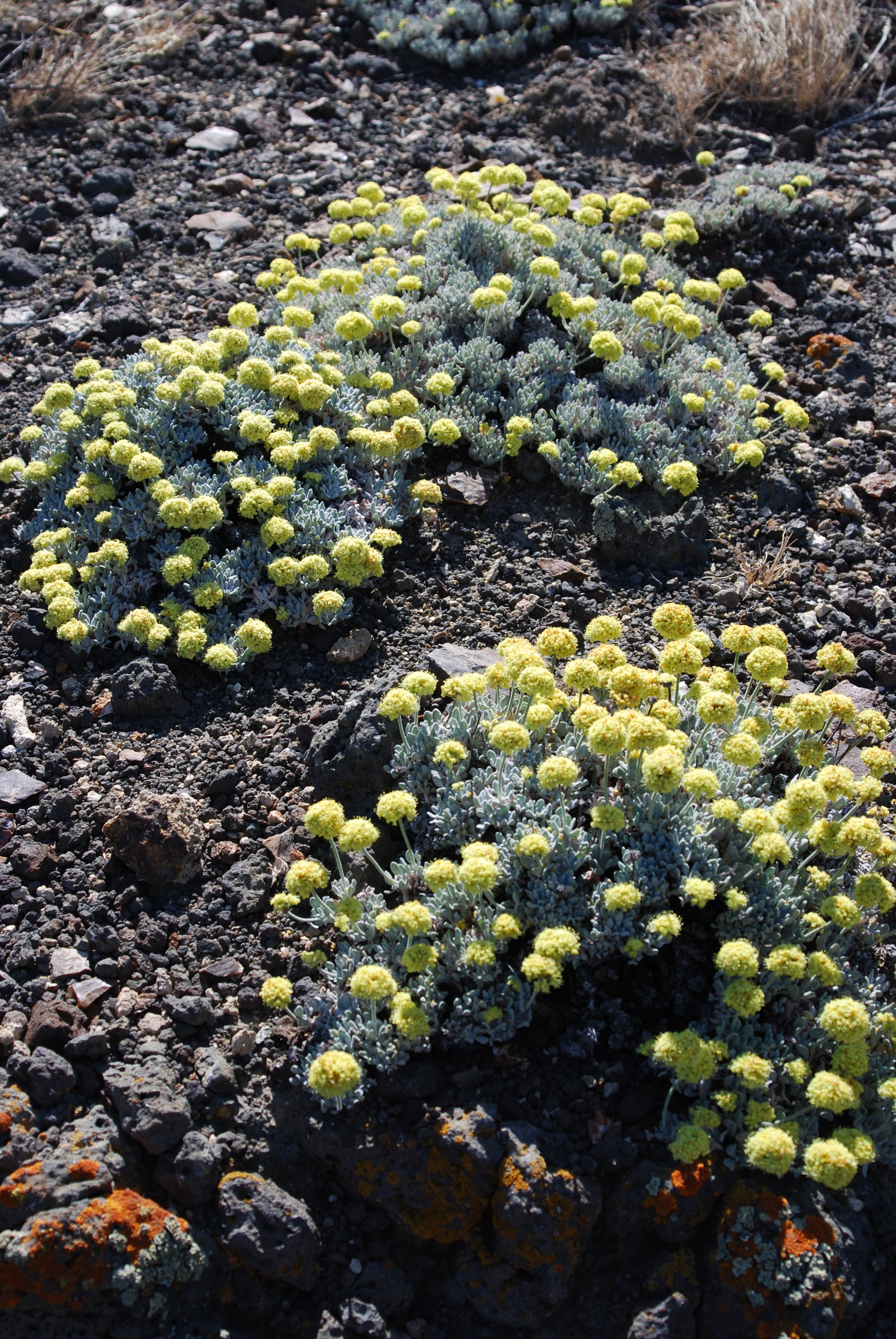Two Washington plants warrant ESA protections

ENDANGERED SPECIES -- Two plants found exclusively on or adjacent to Washington’s Hanford National Monument warrant protection under the Endangered Species Act, the U.S. Fish and Wildlife Service announced today.

Both species, the Umtanum Desert buckwheat and the White Bluffs bladderpod, are found primarily on federal lands, occupying cliffs overlooking the Columbia River.
The Service is proposing to list the Umtanum desert buckwheat and the White Bluffs bladderpod as threatened. A species listed as threatened is considered likely to become endangered within the foreseeable future throughout all or a significant portion of its range.
The agency is also proposing to designate critical habitat for each plant: approximately 344 acres for Umtanum Desert buckwheat and approximately 2,861 acres for White Bluffs bladderpod. All of the land proposed for critical habitat for the Umtanum Desert buckwheat is federally-owned. Of the 2,861acres proposed as critical habitat for the bladderpod 2,400 are federally-owned. The remainder of the proposed critical habitat is a mix of state (42 acres) and private lands (419 acres).
More photos are available here.
Read on for details.
Umtanum Desert buckwheat ( Eriogonum codium) is a long-lived woody perennial plant that forms low mats. Individual plants may exceed 100 years of age, based on counts of growth rings on cross sections of recently dead plants. The species has an extremely slow growth rate, with stem diameters increasing an average of only 0.17 millimeters (0.007 inch) per year. The only known population of the species, discovered in 1995, occurs on a wide mountain ridge in Benton County, Washington. Monitoring of the population shows a continuous decline since 1997 and during that time only a handful of seedlings have survived their first year. Primary threats include wildfire, competition from non-native plants, increased fuel loads for wildfires caused by non-native plant competition, and small population size. Umtanum Desert Buckwheat is currently listed as an endangered species by the State of Washington.
White Bluffs bladderpod (Physaira douglasii subspecies tuplashensis) is a low-growing, herbaceous, perennial plant with a sturdy tap root and a dense rosette of broad gray-green hairy leaves. The species produces showy flowers on relatively short stems in May, June and July. The species was first described in 1883 but was not recognized as a species at that time. The population was rediscovered in 1994 and was described as a species in 1996. Later work indicated the plant may be a subspecies and the Fish and Wildlife Service regards it as such pending further information. Because of its recent discovery and limited research, little is known of its life history. Biologists believe individual plants mature in 1to 2 years and live about 4 to5 years. The only known population of the subspecies is found primarily from cliff tops to near-vertical exposures of cemented, highly alkaline, caliche-like soil along a ten-mile strip of bluffs overlooking the Columbia River. Primary threats to the species include wildfire, slope failure and landslides due to water seepage from irrigation, competition from non-native invasive plants, and small population size. The species is currently listed as a threatened species by the State of Washington.
Both species were petitioned for protection under the ESA in 2004, and have been on the Service’s Candidate Species List since 1999.
In 2009, the Service completed a Spotlight Species Action Plan for the White Bluffs Bladderpod to set conservation targets and identify actions to achieve those targets over five years. Although no similar plan yet exists for the Umtanum Desert buckwheat, both plant species are being monitored and conservation methods are under consideration.
According to FWS officials, the health of threatened and endangered species is strongly linked to our own well-being. Millions of Americans depend on habitat that sustains these species – for clean air and water, recreational opportunities and for their livelihoods. By taking action to protect imperiled native fish, wildlife and plants, we can ensure a healthy future for our community and protect treasured landscapes for future generations.
